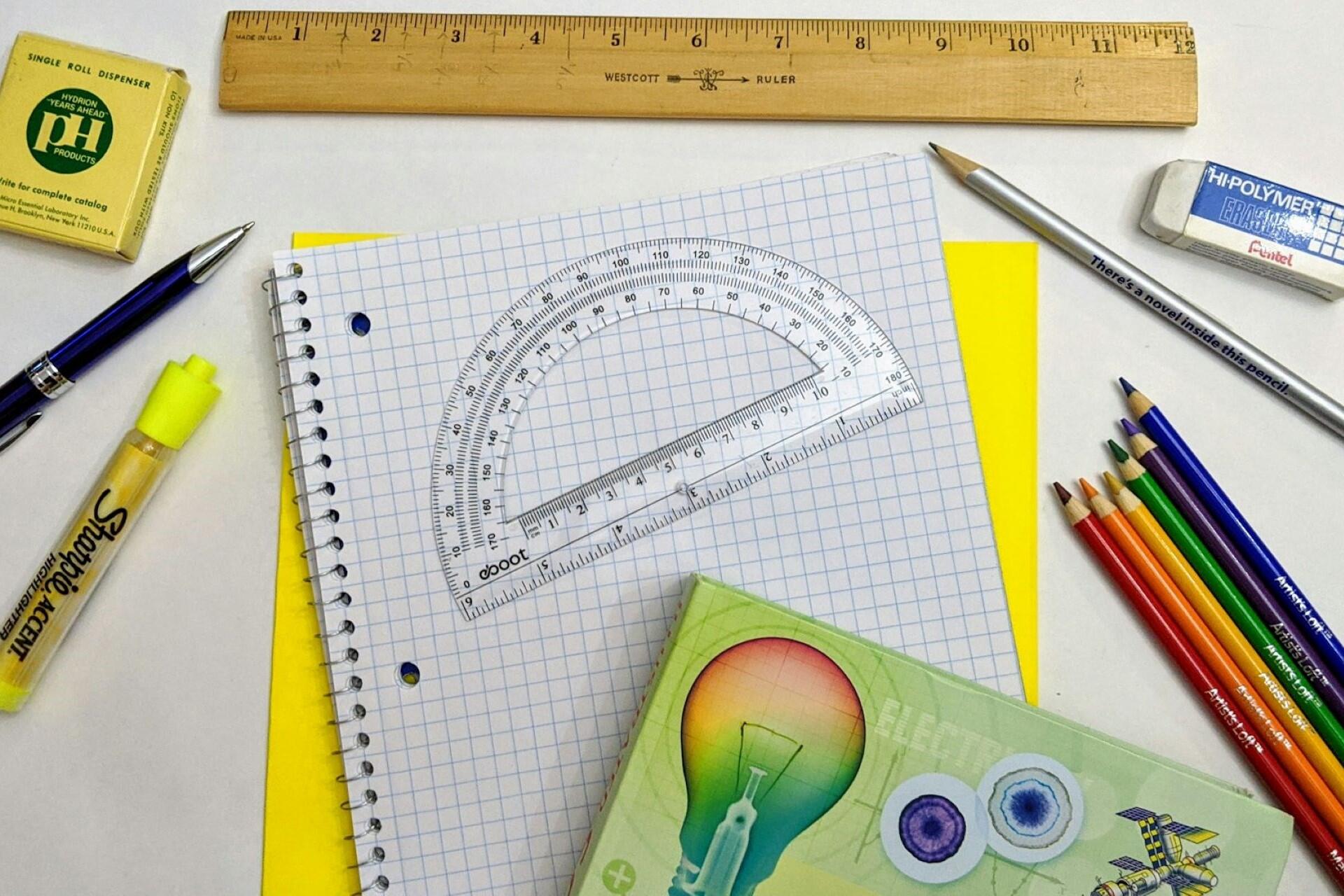Term times and public holidays are key to every family's routines, travel plans, and childcare planning. It helps to know when they are. Here, we'll highlight the key term dates, school holidays, and public holidays Victorian families should be aware of in 2026.

2026 School Year at a Glance
Just like with the NSW school calendar, there are four terms during the Victorian school year. Each is separated by holiday breaks where students can rest and recharge. Government schools follow the statewide schedule with very few variations. Look at the dates and structure to plan ahead for work, activities, and travel.

Term 1
Term 1 begins in late January, unlike the term times in Western Australia, which start even later. After that, students have to get used to school after the long summer break. The term ends just before Easter, minimising the disruption to the academic period. Generally, this term will have students settling into new classes, getting used to their new teachers, and adjusting to their new schedules.
While most Victorian schools return in late January, some may have slight variations to their term dates. This is especially true for government versus independent schools. Always confirm your child’s exact start date directly with the school calendar.
Term 2
Term 2 begins in April and runs through the cooler months. This is where the academic focus is in full swing, and many schools schedule assessments and mid-year reporting. This is a time when students should have formed consistent study habits and classroom routines.
Term 3
The third term takes place in winter and into early spring. This is an excellent time for extracurriculars, sports, school productions, and community events. Students should be into the school year rhythm by this point. Many families find this term feels the busiest.
Term 4
The last term brings the school year to a close. It often includes end-of-year celebrations, showcases, and preparation for the following year. Unlike the Queensland academic calendar, which finishes in early December, the summer holidays begin in mid-December in Victoria.
General Planning Notes
While most Victorian government schools follow the same schedule, independent schools (like Catholic schools) sometimes have different term dates. Confirm any variations with the school, especially if planning childcare or holidays. We recommend posting a calendar of term dates and holidays somewhere in your home.

Public Holidays to Note
Public holidays will affect how you plan your year. When they line up with term dates, consider a trip, some relaxation, or making childcare arrangements. When they fall during school holidays, it won't make much difference to the kids, but it may result in a day off work.
Public Holidays During Term Time
These are the public holidays that occur during Victorian term times. Those that fall on a Monday or Friday mean that there's a long weekend available for plans. Keep these dates in mind and plan ahead, because they may result in more people taking trips, more traffic, or more expensive accommodation.
Public holidays falling on Monday or Friday create opportunities for extended weekends. Many families plan mini-getaways around the September and October holiday periods for this reason. Marking these dates early helps avoid peak travel congestion.
Public Holidays During School Holidays
The holidays that fall during school holidays aren't too much of an issue for the kids. However, they may affect family gatherings or travel plans. Generally, these holidays align with peak holiday seasons and accommodation and events are naturally busier. Plan ahead.

Planning Around Public Holidays
Public holidays can change traffic patterns, business opening hours, and travel demand, so planning ahead is useful. Families may consider booking accommodation and transport early, particularly around long weekends and festive periods. Checking school or council newsletters can also help identify free or low-cost activities happening in your local community.
Daylight Saving Time in 2026
In Victoria, daylight saving time is observed. The clocks shift twice a year by an hour. These can affect sleep routines, after-school activities, and your general daily schedule, especially if you have young children. Families can adjust gradually to them to make the transition more comfortable.
Victoria Observes Daylight Saving
Along with New South Wales, South Australia, Tasmania, and the ACT, Victoria also follows daylight saving. This means an extra hour of evening light in the warmer months and lighter mornings during winter. There may be minor adjustments required for sleep and meal routines when the clocks shift.
When Daylight Saving Ends
Daylight saving time ends in early April. This is close to the Autumn school holiday period. If children are already on break, this can make the transition easier. For those who aren't, it's worthwhile to gradually adjust mealtimes and bedtimes for younger children. After it ends, mornings will be lighter, but evenings will be shorter.
When Daylight Saving Begins
In October, just as spring returns and the days are getting warmer, daylight saving time begins again. There'll be more daylight in the evenings, which makes after-school activities more feasible. This shift occurs near the start of Term 4, and, as with daylight saving, we recommend spending a week or two before slowly adjusting to the change.
Adjustment Tips for Families
Small routine changes in the days up to the clocks going forward or back can make it easier on children. With schedules similar to Tasmania's term times and DST, it's recommended that parents adjust bedtime and mealtimes by 10 to 15 minutes each evening to make the shift easier over the course of a week. Using natural light, outdoor activities, and consistent wind-down routines makes the whole process easier.

How to Plan Around the Calendar
There are different opportunities for families according to the weather and term times. Plan ahead to get the best balance of study, rest, and activities for you and your family. Seasonally, it can be very helpful.
The school breaks in April, July, September, and December each bring different seasonal conditions that can influence plans. Families may choose indoor activities in cooler months and outdoor adventures when the weather warms. Consider matching holiday activities to the season for a relaxed and enjoyable break.
Autumn Activities
Autumn is an excellent time for relaxed trips. Easter events, local festivals, and opportunities for outdoor family time are all great options during autumn. Autumn is also a good time to reset routines after Term 1.
Winter Activities
Indoor learning, creative activities, and cosy routines are recommended for Winter. Try museums, libraries, and galleries. Sports clubs also offer training sessions and activities during the cooler days.
Spring Activities
As the weather gets warmer, you can return to more outdoor activities. Walk along trails, in parks, and in gardens, and enjoy family outings in nature. Take some time to relax before the busier end-of-year period.
Summer Activities
With the most extended break of the year, the summer holidays are the time to travel, rest, or do both. Reconnect, explore new places, or unwind. It's also a good time to prepare for the upcoming school year.
General Family Planning Tips
Make sure you're aware of the school and holiday calendars. It's the best way to make the most of free or low-cost activities. Avoid stress during peak periods by planning ahead.















